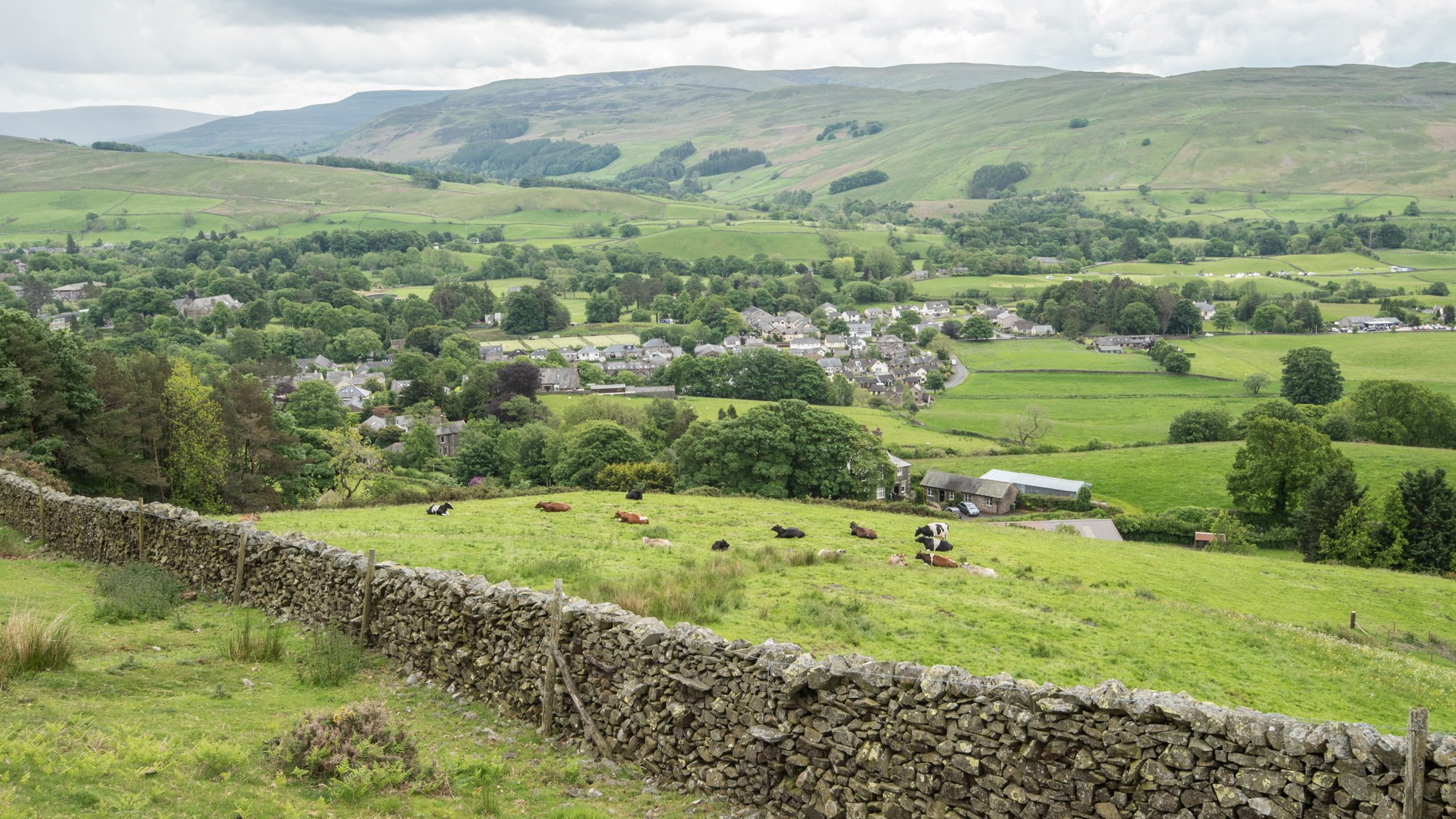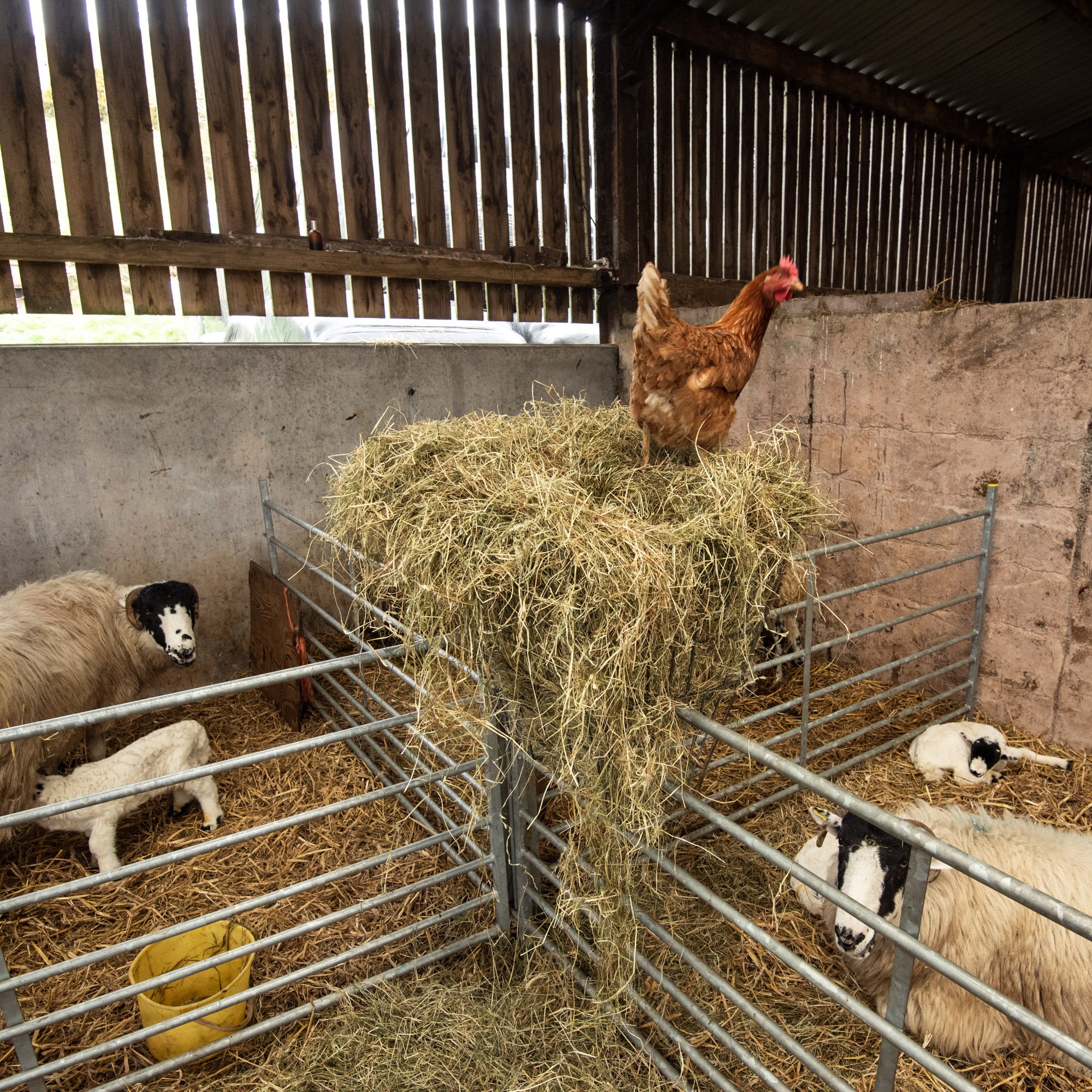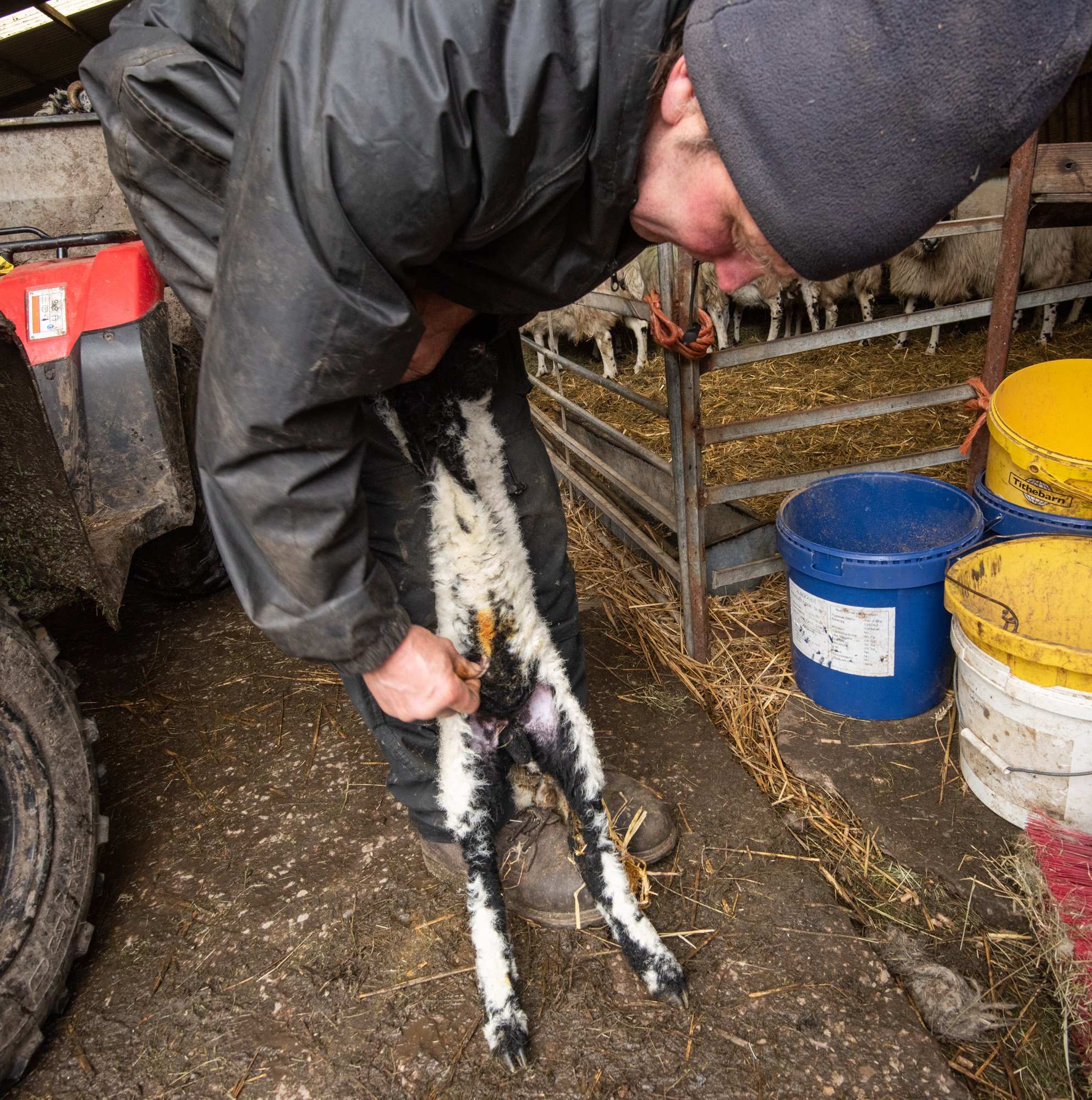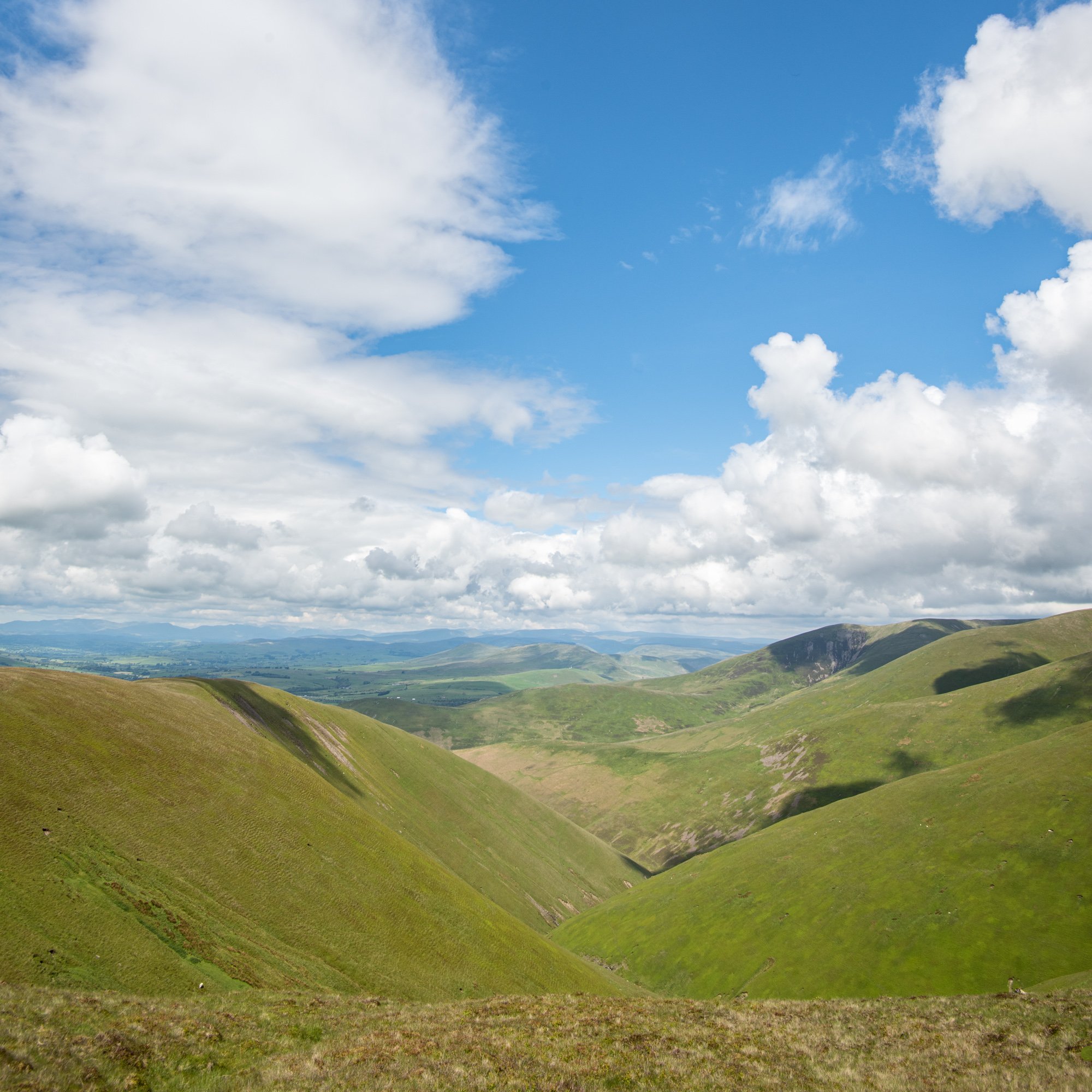Roger Sedgwick : Commoner, Yorkshire Dales
Roger Sedgwick
Lockbank Farm, Sedbergh, opening onto the part of Brant Fell common known as Winder.
Roger keeps Rough Fell sheep, some Swaledales, and a few Cheviot sheep, and Dairy cows - pure Fresian, Jersey, Jersey-cross and Dairy Shorthorns for the farm’s ice cream business
“Tradition’s not right word ... It’s a sense of belonging, I think. This is my home.’ ”
Lockbank Farm is set into the lower slopes of Brant Fell. The common begins just beyond the farm’s paddocks, where the land rises to Winder then embraces the wide backs of the Howgills. The farmhouse and building sit above the town of Sedbergh, with the view on a clear day stretching south to follow the path of the Lune, and east towards Garsdale.
Lockbank Farm has been in Roger’s family since around 1890, when Roger’s great grandfather took it on. Going back further, Roger’s ancestors have lived and worked as commoners in the Howgills since the 1760s. There were once around 30 active graziers on the part of the common known as Winder. Now Roger is one of only five.
‘Brant Fell is a massive common,’ says Roger, ‘about 2700 hectares, going all the way over to Ravenstonedale.’ With fewer active graziers and lower numbers of sheep, this does mean the sheep can wander. ‘I don’t think people tend to shepherd as they used to, we have less people to do the same work. The sheep are pushing the boundaries of their hefts now - when there were more sheep, they’d hold each other back. My neighbours sometimes get one or two of my sheep in, and I get theirs in, when we gather. We’re all linked up, and it’s based on trust.’
Unusually for a fell farmer, Roger still has a herd of dairy cows - but not for milk: the Sedgwicks gave up running the milk round when competition from supermarkets made small-scale milk delivery unviable. Now, Roger makes ice cream, and sells it in Sedbergh and in outlets across Yorkshire and Cumbria. When he’s mixing up flavours, there’s a practical order: ‘We'll start with vanilla, then we can override that with another flavour, say a mint. We always end up with ginger and lime, or liquorice and blackcurrant - which I love.’
“The new Environmental Land Management schemes are coming up but I have no idea what that will mean. I’m at a loss, really. Government doesn’t understand what happens in the uplands, and I’m concerned that the changes won’t be to our benefit.”
View across the inbye fields of Lockbank Farm, seen from the northern edge of Brant Fell common. The town of Sedbergh lies beyond the farm.
While the sheep go out onto the common in the summer months, the cows stay inside and in the paddocks close to the farm all year. Lockbank Farm has around 140 acres of inbye land, and around 60 of that is meadow, which is cut for silage and hay. This system may change as new schemes come in; but nothing’s certain yet. ‘The new Environmental Land Management schemes are coming up but I have no idea what that will mean. I'm at a loss, really. Government doesn't understand what happens in the uplands, and I’m concerned that the changes won’t be to our benefit, and it's a disaster waiting to happen. All they seem to want to do is push tree planting, but I think that what we should be doing is finding ways to produce food in this country instead of importing it, and cutting carbon emissions that way. What worries me is that trees will be planted up there on the commons, where they’ve never grown. The trees’ll get tall and thin, then get blown over, uprooted - and with heavy rainfall, when water gets behind steeply sloping ground like that, it’ll wash down. Chaos.’
In Lockbank Farm’s inbye land, though, Roger is passionate about the hedges that grow around the fields. He’s not keen on having them flailed each year, as this doesn’t make them flourish: he prefers to carefully lay the hedges every few years. ‘A good hedge gives nice nesting ground for birds,’ he says, ‘and it works well as a boundary for the animals. I can keep up with laying them while I'm physically fit enough, but I don't know what I'll do after that.’ The future for the hedges depends not just on Roger’s commitment, time and fitness, but on grants that are available to assist with maintenance, and to plant new hedges. Like farmers across the Yorkshire Dales, Roger will be taking advice on this to find the best way forward.
Roger farms with his wife, who also works as a teaching assistant. They have two sons, but there’ll be no pressure on them to farm, if they choose to do something else. For Roger, though, living and working at Lockbank Farm, and being part of the commoning community, is something he never wants to give up. What is it that keeps him here? ‘Well, tradition’s not right word,’ he says. ‘It’s a sense of belonging I think. This is my home.’
And it seems that despite concerns about the future, and the challenges of the day-to-day running of a farm, there’s always something that makes Roger smile, whether that’s being out on the tops of the Howgills, the cheekiness of newborn lambs, or the characterful hens that make themselves at home among the hay feeders in the barn: they’re all part of the extended family.
View south west into Garsdale Valley from Brant Fell Common






